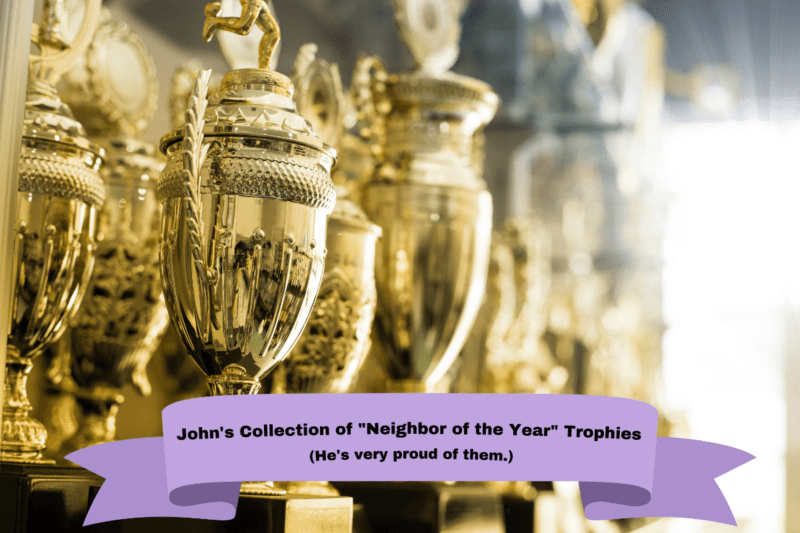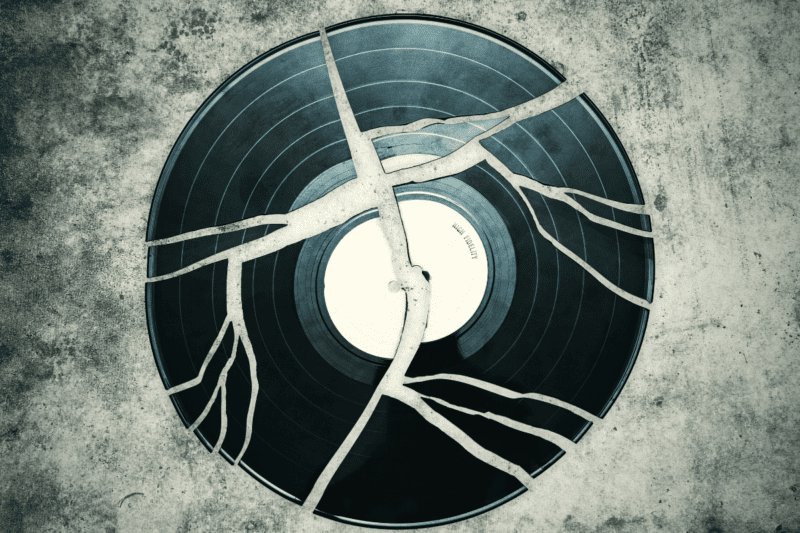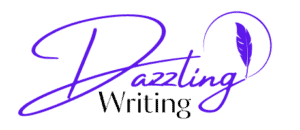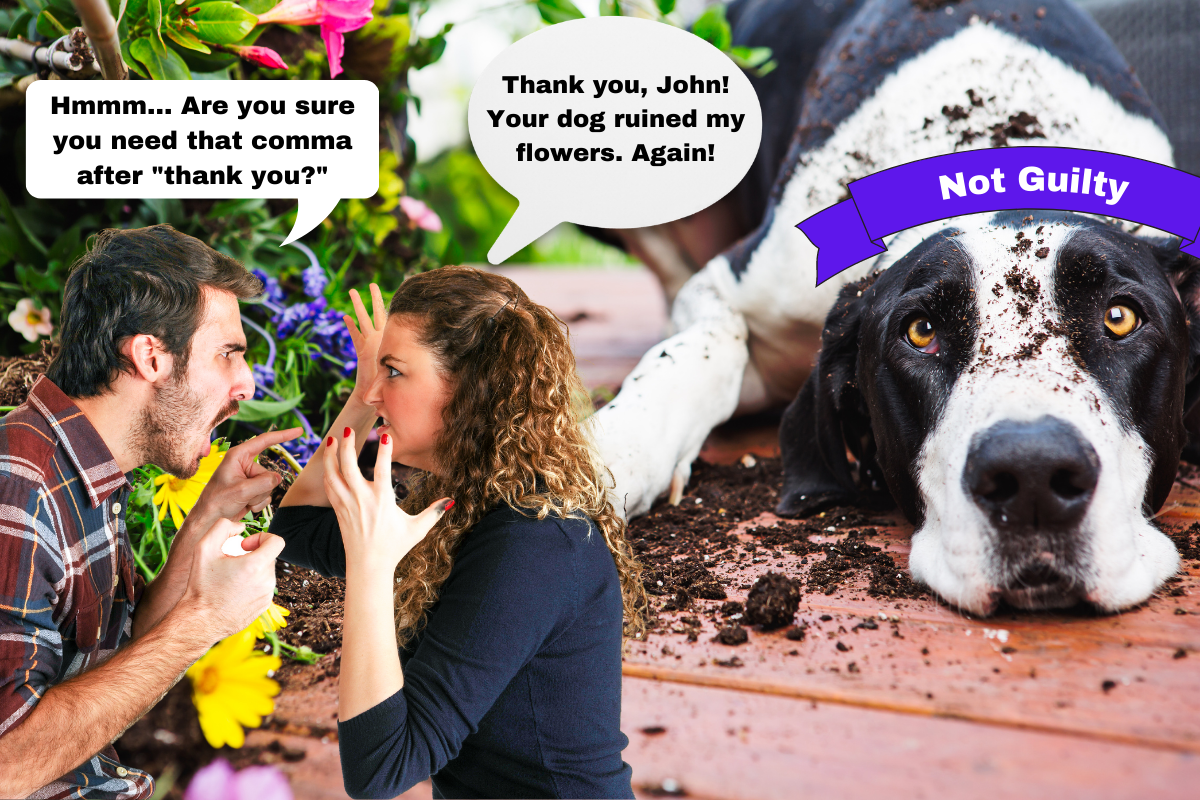You’ve written a fantastic blog post. You’ve slaved for hours and hours to make sure it contains outstanding information that genuinely helps your readers.
You’ve proofread and edited it until you’re satisfied. Well, it was more like slapping, poking, and wrangling it into submission, but hey, you got the job done. You’re ready to hit publish and show off your masterpiece!
But you want to thank your readers for their time. It’s only polite. You don’t want to come across as an ungrateful jerk who expects everyone to read your words. So, do you put a comma after “thank you?”
When using the phrase “thank you” in a direct address, it is generally accepted that a comma should follow the two words. Conversely, if “thank you” is not followed by an addressee or recipient, a comma may not be necessary. It depends on context and syntax, such as when the phrase acts as a noun or verb with no accompanying recipient name.
Comma rules can be so confusing. Check out this article about using commas with “of course” if you want to be a little less confused. At least with “of course.”
Why does it matter, though? At first glance, a comma might seem like an insignificant detail. But proper punctuation can make or break any message.
It’s a bit like a sundae. With proper punctuation, you have a smooth and creamy treat with a variety of flavors that you can savor. Without any punctuation, it’s like a sundae that’s been stuck in a blender – an unrecognizable mess that you can’t quite figure out.
So, let’s explore using a comma after “thank you” more closely.
Table of Contents
Should You Always Use a Comma After Thank You?

The answer is not so straightforward. It depends on the context and how you are using the phrase.
If you’re using “thank you” when addressing someone directly, you need to put a comma after it. This is because direct address means talking or writing to a specific person. So, when you’re thanking someone directly and using their name, you should always use a comma after “thank you.”
Example: Thank you, Rita!
And another example: Thank you, John, for dumping your trash all over my yard.
In this case, even though the sentence doesn’t end with the addressee like in our previous example, you still use a comma after “thank you.”
However, you will have to separate the person’s name from the rest of the sentence because it’s technically a parenthetical. So, put a comma after “John,” too.
Another way to write a sentence like this would be:
Thank you for letting your dog dig up all my petunias, John.
In this example, you don’t need a comma after “thank you” since it’s not directly followed by an addressee. But we’ll get more into that later. First, however, you must put a comma before the addressee to separate it from the rest of the sentence.
Also, as you can see, the sentence’s tone has little to do with punctuation. Both examples are obviously sarcastic and not meant to convey genuine gratitude. But we still use a comma after “thank you” when speaking directly to someone.
Grammar doesn’t care about your feelings.
And clearly, John is in the running for the neighbor of the year award.
When to Omit the Comma After Thank You

When “thank you” is not followed by a direct addressee, it may or may not be necessary to use the comma. This is because the phrase can act as a noun or verb, in which case the comma after “thank you” is unnecessary.
Usually.
Yes, I know it’s irritating that the answer is not always a resounding yes or no. But it’s all about context and syntax.
Using Thank You as a Noun

When “thank you” is used as a noun, it’s the same as saying “expression of gratitude.”
Example: Thank you is all I have to say.
In this sentence, “thank you” is used as a noun, and it’s not followed by an addressee. So, you shouldn’t include a comma after the phrase.
It might seem odd that “thank you” is a noun in this case, especially since you’re probably used to seeing it as a phrase. But it’s the same principle as the following example:
Love is all I have to give.
In this sentence, “love” is a noun and no comma is necessary after it. And that applies to “thank you” in the earlier example.
An Exception to the Rule (Sort Of)
I can hear you groaning in frustration. But don’t worry. This exception is not about the phrase “thank you” itself but more about its position in the sentence.
Example: I said thank you, and he nodded in response.
In this sentence, “thank you” is used as a noun and is not followed by an addressee. So, why are we using a comma?
As mentioned above, in this case, it has nothing to do with the phrase “thank you” and everything to do with the fact that the sentence consists of two independent clauses. And you always use a comma to separate two independent clauses when a conjunction is present.
So, while the comma in this sentence has nothing to do with “thank you,” it’s still necessary.
Using Thank You as a Verb

When “thank you” plays the role of a verb, you shouldn’t use the comma after it.
Example: I want to thank you for your help.
In this sentence, the phrase “thank you” isn’t used… well, as a phrase. And yes, I know you can see the words right there. However, in the above example, “thank” is the verb, and “you” is the direct object or the thing the verb is acting on. So it’s just like saying:
I want to kiss you so much.
Here, “kiss” is the verb, and “you” is the direct object, so there’s no comma between the two.
Do You Need a Comma Before Thank You?

Again, it depends on the context. For example, if “thank you” is used as a noun, you don’t need to add a comma.
Example: He muttered a quick thank you.
The same applies if “thank you” is being used as a verb.
Example: I want to thank you for the help.
If you were to place a comma before “thank you” in this situation, it would be grammatically incorrect because it would create a comma splice.
There are situations where it might seem like you should put a comma before “thank you.”
Example: I received your gift yesterday, thank you.
We have two independent clauses in this example, so you’d think separating them with a comma would be the correct approach. However, the proper punctuation would be a semicolon or a period.
But there’s a bit of a style issue. Semicolons are not used all that much in casual writing. They look downright weird online, so you might want to avoid them for blog posts for your site.
And if you’re using a period… well, the cadence is about as choppy as a broken record.
So, what should you use?
For academic papers, I doubt there are many instances where you will use “thank you” at the end of a sentence. However, if the need arises, then be all proper-like and use a semicolon.
Of course, make sure to check the style guide your institution uses, whether it’s the Chicago Manual of Style or a proprietary one, to see what option is preferable.
Example: I received your gift yesterday; thank you.
In casual writing, either try reordering the sentence to make it flow better or go with the period and make the sentences around it longer to vary the rhythm of your writing.
Example 1: Thank you for the gift I received yesterday.
Example 2: I received your gift yesterday. Thank you. I appreciate the time and effort you put into finding such a fantastic gift for me.
Should You Put a Comma Before and After Thank You?

I don’t want to sound like the aforementioned broken record, but it depends on the context. As mentioned above, when using the phrase as a noun or a verb, you don’t need to put commas around “thank you.”
However, if used as a parenthetical phrase within a sentence, you need to put a comma before and after “thank you.”
Example: Yes, thank you, I am feeling much better now.
In this sentence, “thank you” is used as an aside to thank someone for inquiring about your health.
What About Thanks?

“Thanks” is another shorthand way to say “thank you,” and the same principles apply. In other words:
- If you’re directly addressing someone, you need to use a comma after “thanks.”
Example: Thanks, John, for running over my kid’s toy truck.
- If it’s followed by an independent clause, you should use a comma after “thanks.”
Example: He said thanks, so I gave him another glare.
- If it’s used as a noun, you don’t need a comma before “thanks.”
Example: We want to give thanks to our awesome neighbor, John, who makes life so interesting.
- If using it as an aside within a sentence, you need to use commas around “thanks.”
Example: Gina, thanks, I mean it.
- If it’s an independent clause, you should put a comma before “thanks.”
Example: I’ll fix it myself, thanks.
“No Thank You” vs. “No, Thank You”
This is another area where you might find yourself wondering if a comma is necessary or not. The answer is yes – when saying “no thank you,” you should separate the two words with a comma. Otherwise, the phrase sounds like one word.
Example: No, thank you. I’m not interested in that offer.
It’s the same principle as above, meaning they are two independent clauses, so “No” and “thank you” should be separated by a comma.
“Thank You Again” vs. “Thank You, Again”
Again is an adverb that modifies “thank you,” so you don’t need a comma here. It’s like saying, “I’m giving you another thank you.”
Example: Thank you again, John. I really appreciate your dedication to making living next door to you such an adventure.
As you can see, you don’t need a comma to separate “thank you” from “again.” However, you need one after “again” because you are directly addressing someone.
Should You Use a Comma After “Thank You” When Writing an Email?

Yes, when signing off an email (or a letter) with “thank you,” you should apply the same rules as for any other complimentary close.
Example:
Dear John,
Your dog decided to bury his toys in my yard again. While he’s adorable and charming, I’d appreciate it if you could keep him away from my flower beds.
Thank you,
Your Irritated Neighbor
This rule applies to any close, regardless of whether it’s a traditional close. So, if you’re writing an email and sign off with “Regards,” “Many thanks,” “Thanks again,” or “Go fly a kite,” you should still use a comma. Also, separate your name from the closing by putting it on a new line.
Examples of Using “Thank You”

Now that we’ve gone over the finer points of using and omitting commas when saying “thank you,” let’s look at some examples.
Example 1: Thank you for letting your dog roam free and ruin my garden, John.
Example 2: It’s great that you always leave your lawnmower in the middle of the driveway. Thank you!
Example 3: No, thank you, I don’t want to listen to you ride your extremely loud motorcycle up and down the street in the middle of the night.
Example 4: I wanted to thank you for always parking in my spot.
Example 5: John, thank you, you saved me so much money now that I don’t have to hire someone to mow the lawn. Your dog dug it all up for me!
Example 6: Thank you, John. You are the best neighbor ever!
Now You Know When to Use a Comma After “Thank You”
Knowing when and where to use a comma with “thank you” may seem like a small detail, but it can make a big difference in the clarity and tone of your writing. Whether you’re thanking someone for a gift, a service, or just for being a great friend, a properly placed comma can add emphasis, clarify your meaning, or even change the tone of your message.
So, the next time you want to express gratitude, make sure you use the correct punctuation.
If you have other comma-related questions or struggles, share them in the comments below.
And don’t be shy about sharing your comma conundrums. Everyone has had to deal with comma issues at some point, including me. In fact, I might be called the queen of comma issues, so you’re definitely not alone!

